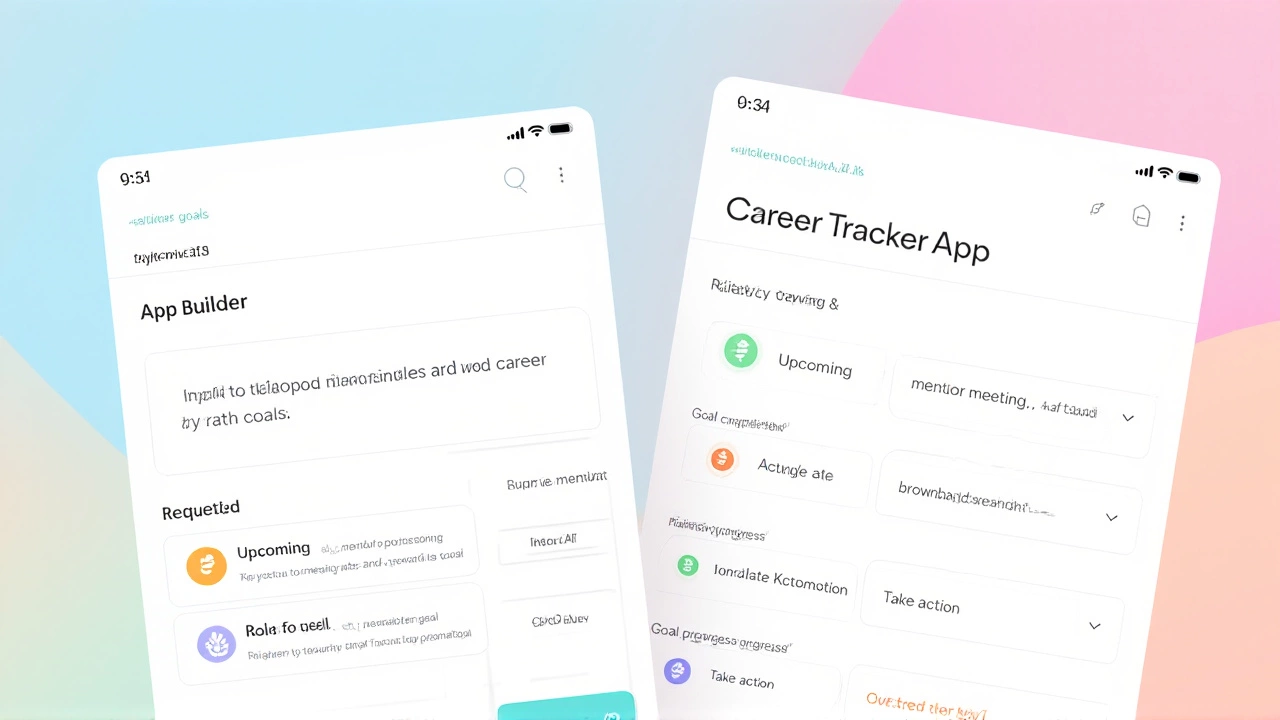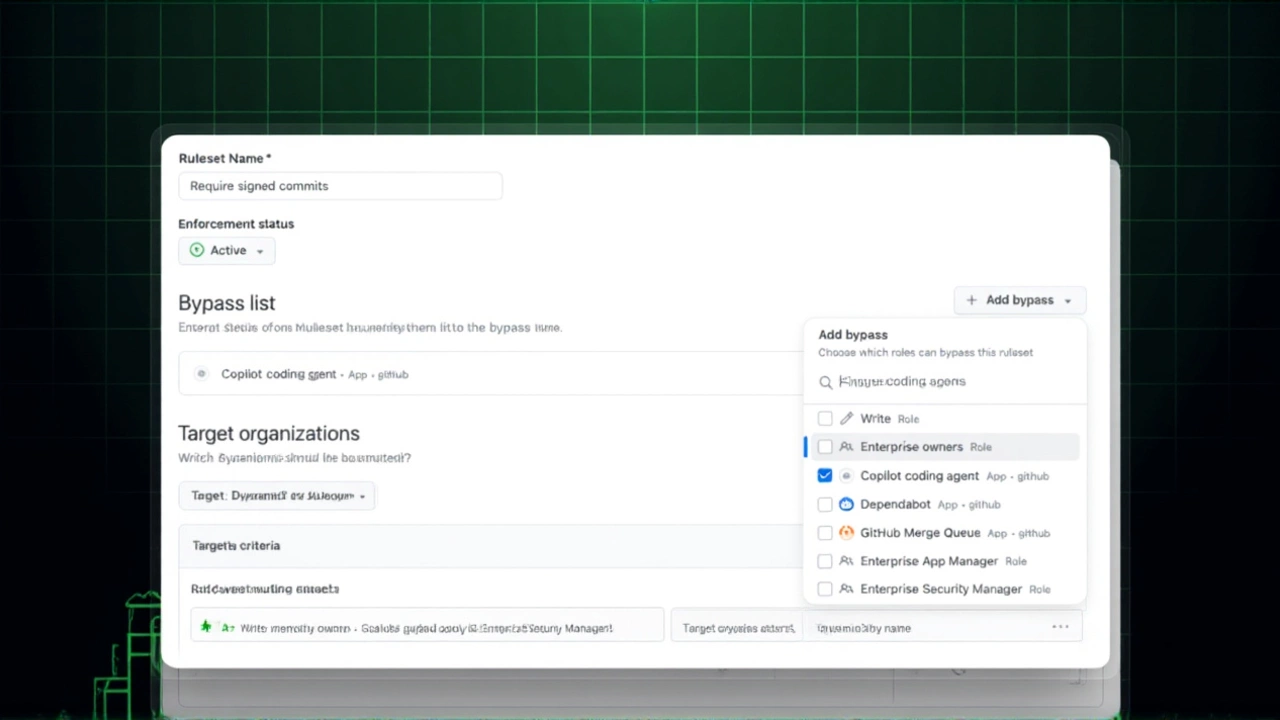Microsoft has quietly turned every Windows 11 PC into a voice-controlled AI hub. Starting October 16, 2025, users can now activate the Microsoft Copilot assistant simply by saying, "Hey Copilot." No buttons. No apps. Just speak — and your PC listens. The feature, rolled out globally after months of testing with Windows Insiders, marks a pivotal shift in how users interact with their machines. According to Yusuf Mehdi, Executive Vice President and Head of Consumer Marketing at Microsoft, the goal isn’t just convenience — it’s to make AI feel like a natural part of the workflow. "You don’t need to think about how to ask," he said. "You just ask. And it answers."
How to Enable 'Hey Copilot' — And Why It Matters
Turning on voice mode isn’t automatic. Users must manually enable it: open the Copilot app, click their profile in the bottom-left corner, go to Settings, scroll to Voice mode, and toggle on "Listen for 'Hey, Copilot' to start a conversation." Once activated, a microphone icon appears above the taskbar, and a soft chime signals that Copilot is listening. The system uses a local 10-second audio buffer to detect the wake phrase — no recordings are stored, no audio sent to the cloud until the phrase is recognized. That’s a privacy win, especially after years of scrutiny over always-listening devices.
But here’s the catch: while wake word detection works offline, the actual AI processing — answering questions, generating text, analyzing your screen — requires an internet connection. Microsoft says this design balances speed, security, and capability. "We didn’t want to sacrifice intelligence for privacy," said one internal engineer, speaking anonymously. "The device knows when you’re calling, but it doesn’t know what you’re saying until it’s sure."
More Than Just a Wake Word — A New Way to Work
Once activated, Copilot doesn’t just respond — it engages. It speaks answers aloud, displays text transcripts, and even uses Copilot Vision to analyze your screen. Need to fix a printer error? Say, "Hey Copilot, how do I fix this?" and it’ll point to the right settings, highlight the buttons, and walk you through it step by step. It supports over 40 languages, including regional dialects, and adapts to natural speech — no robotic commands required.
And usage data tells the real story: Microsoft reports that users who interact with Copilot via voice do so twice as often as those using text. That’s not a minor uptick — it’s a behavioral shift. People are asking more questions, exploring features they’d normally ignore, and solving problems faster. "It’s like having a tech-savvy friend in the room," said Lisa Tran, a graphic designer in Portland who enabled the feature last week. "I used to avoid Copilot because typing felt slow. Now I just talk to it while I’m cooking or walking to my desk."
Alternative Ways to Talk to Copilot
Not everyone wants to shout "Hey Copilot" across the office. That’s why Microsoft kept the existing "Press to talk" option: hold Alt + Spacebar for two seconds, and Copilot springs to life. You can also click the microphone icon in the Copilot app or use the dedicated Copilot key on newer keyboards. During a voice session, you can toggle the mic on and off with a click, end the conversation by saying "Goodbye," or let it time out after a few seconds of silence. Press Esc or click the X to close it instantly. The mic icon vanishes when the session ends — a clean, unobtrusive design.
Microsoft’s broader vision? To make every Windows 11 device feel like a personal AI companion. This isn’t just about voice — it’s part of a larger push to embed AI into every layer of the OS, from Voice Access for hands-free navigation to Voice Typing for dictation. "We’re not adding features," Mehdi said in a recent interview. "We’re removing friction."

What This Means for the Future of Windows
The rollout of 'Hey Copilot' isn’t just a feature update — it’s a strategic pivot. Microsoft is betting that voice will become the default interface for everyday tasks, just as touch did for tablets. Early adopters are already using it to control smart home devices, check calendar events, or summarize emails while multitasking. The company has quietly started testing voice-triggered automation: "Hey Copilot, schedule a meeting with Sarah and send her the report," for example.
But challenges remain. Background noise can interfere, especially in open offices. Some users report false triggers — the system occasionally wakes up when someone says "Hey, Copilot" in a movie or podcast. Microsoft says it’s refining the model with feedback from Windows Insiders, and future updates will include voice profile personalization — so your PC learns your voice, not just your phrases.
For now, the feature is rolling out gradually to all Windows 11 devices with Copilot enabled. If you don’t see the option yet, it’s coming. Microsoft says it will be available to all eligible users by early 2026.
Frequently Asked Questions
Does 'Hey Copilot' work without internet?
No — while the wake word detection happens locally using a 10-second audio buffer that’s never recorded, the AI response requires an active internet connection. Copilot processes your request in the cloud to generate answers, summaries, or screen analysis. Without connectivity, you’ll hear a chime but get no response.
Can I use 'Hey Copilot' on older Windows 11 PCs?
Yes — as long as your device runs Windows 11 version 23H2 or later and has Copilot enabled (which requires a compatible processor and sufficient RAM), the voice feature is available. Microsoft doesn’t require new hardware, just the latest OS updates. Check your system info under Settings > System > About to confirm compatibility.
Is my voice data stored or shared by Microsoft?
No. The wake word detection runs entirely on-device using a local buffer that auto-deletes after 10 seconds. Only after you say "Hey Copilot" does the system send the subsequent audio to Microsoft’s servers for processing. Even then, Microsoft states that audio is anonymized and used only to improve responses — not for advertising or profiling.
How does Copilot Vision work with voice commands?
When you ask a screen-related question — like "How do I change my wallpaper?" — Copilot Vision uses your camera (with permission) to analyze your current desktop or app window. It then overlays visual cues, highlights buttons, and speaks step-by-step instructions. It’s not recording your screen; it’s interpreting live visual data to guide you in real time.
What languages does 'Hey Copilot' support?
Copilot supports voice commands and responses in over 40 languages, including English, Spanish, French, German, Japanese, Mandarin, Hindi, and Portuguese. The wake phrase "Hey Copilot" is currently only recognized in English, but once activated, you can switch to any supported language for your questions and responses.
Will this feature drain my laptop battery?
Minimal impact. Microsoft optimized the wake word detection to use the low-power NPU (Neural Processing Unit) on modern Intel and AMD chips, consuming less than 1% of battery life per hour when idle. The mic only fully activates after the wake phrase, and the system enters a deep-sleep state between interactions. Users report no noticeable difference in battery life after enabling the feature.
